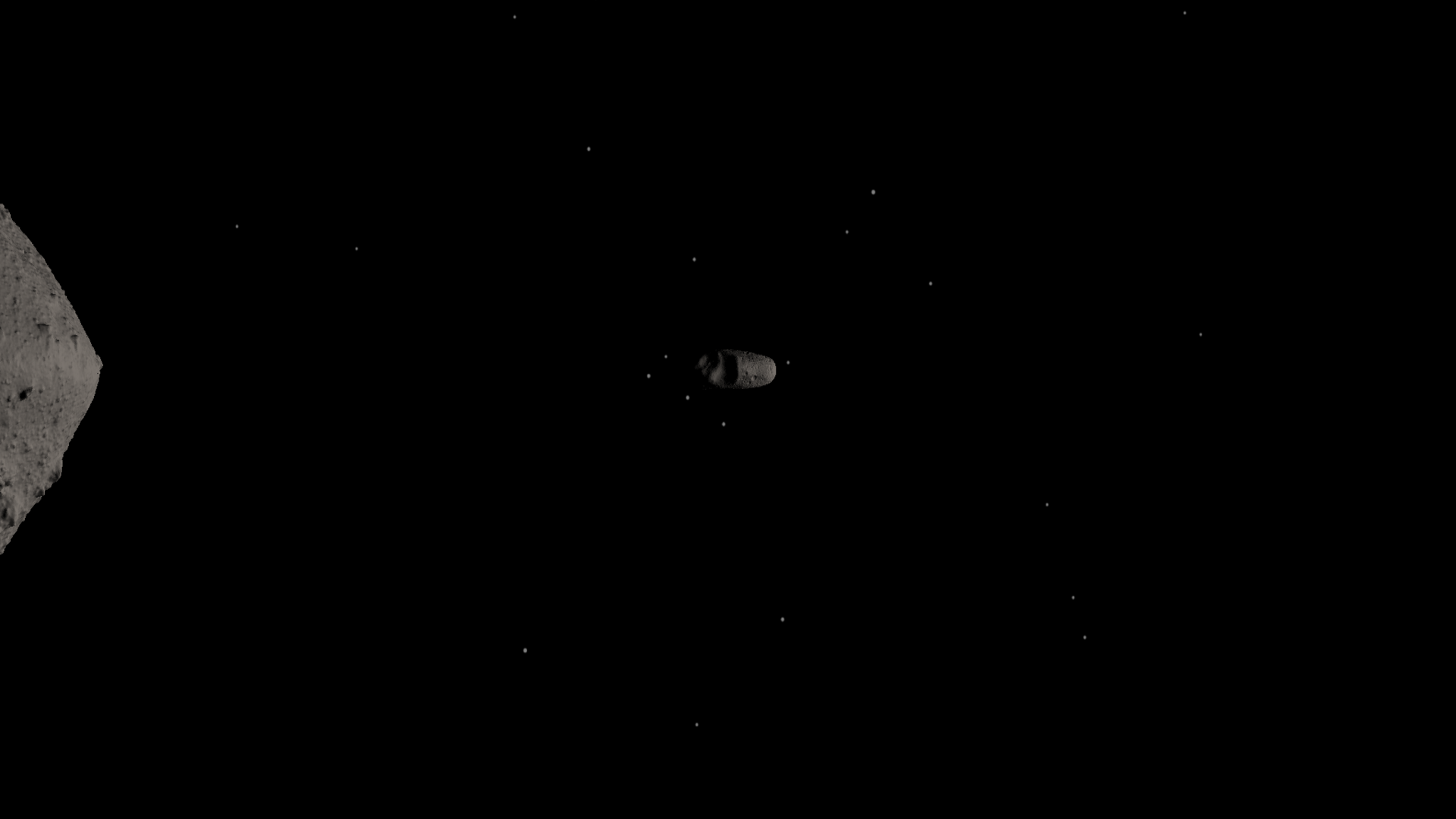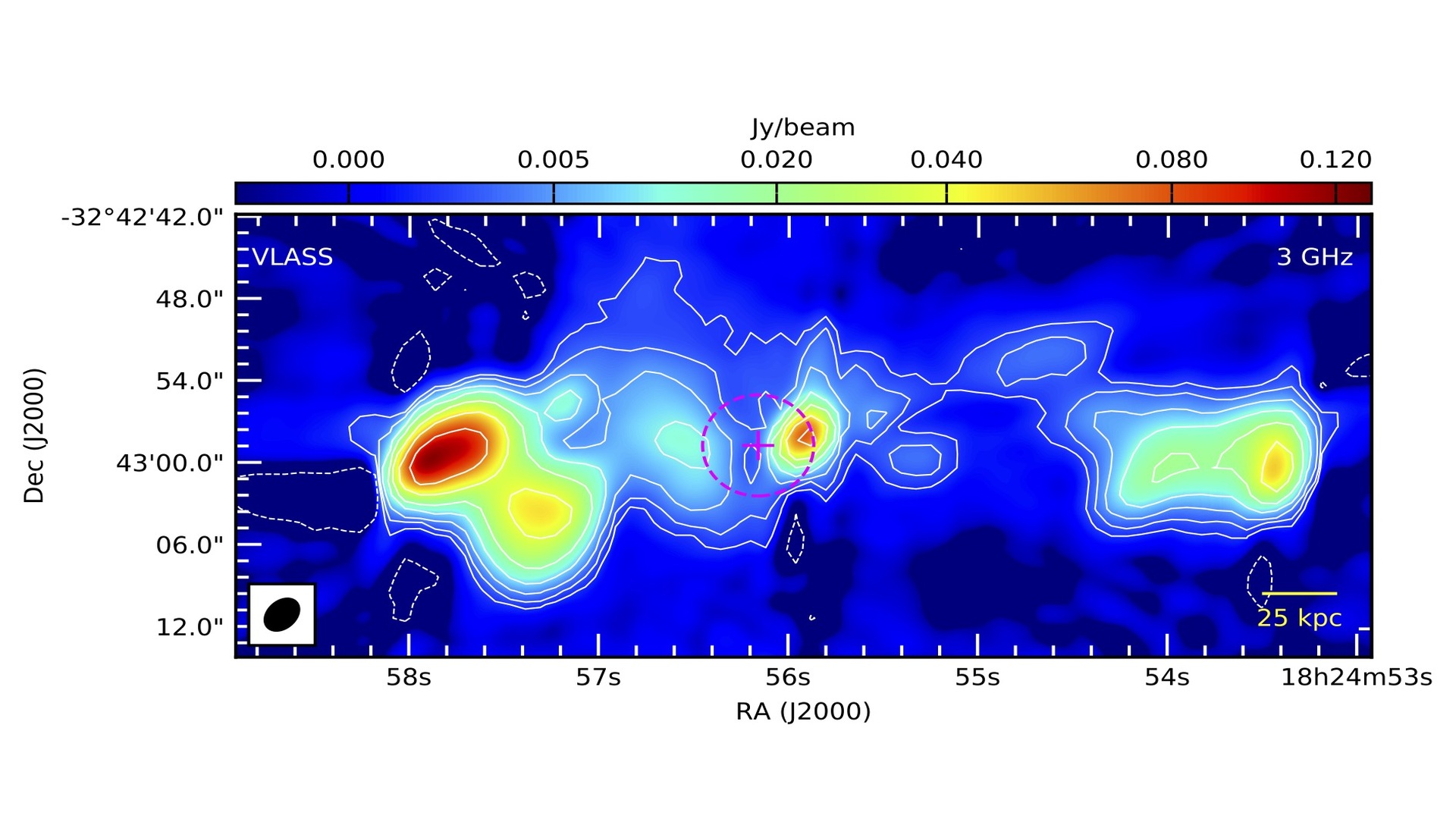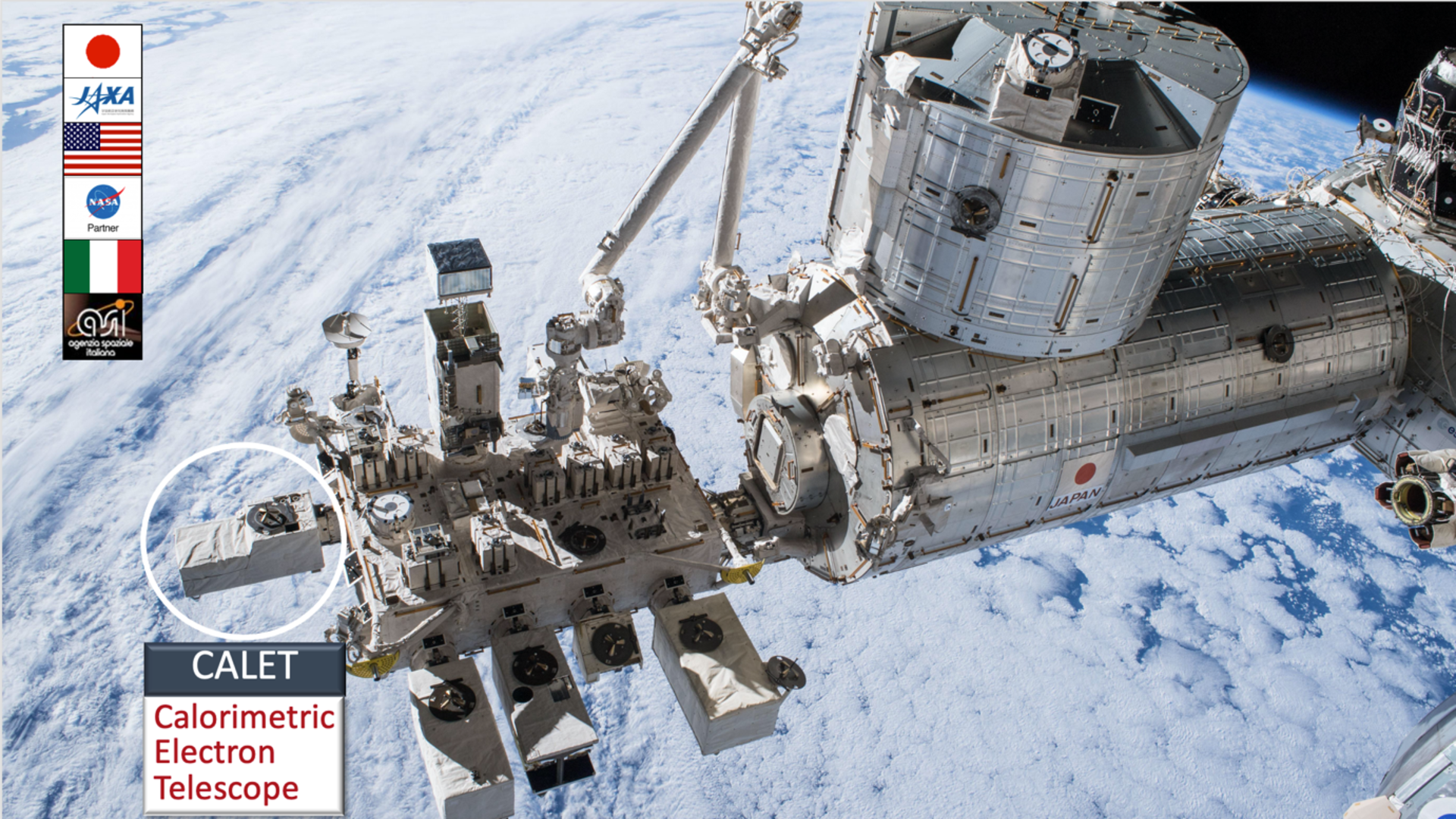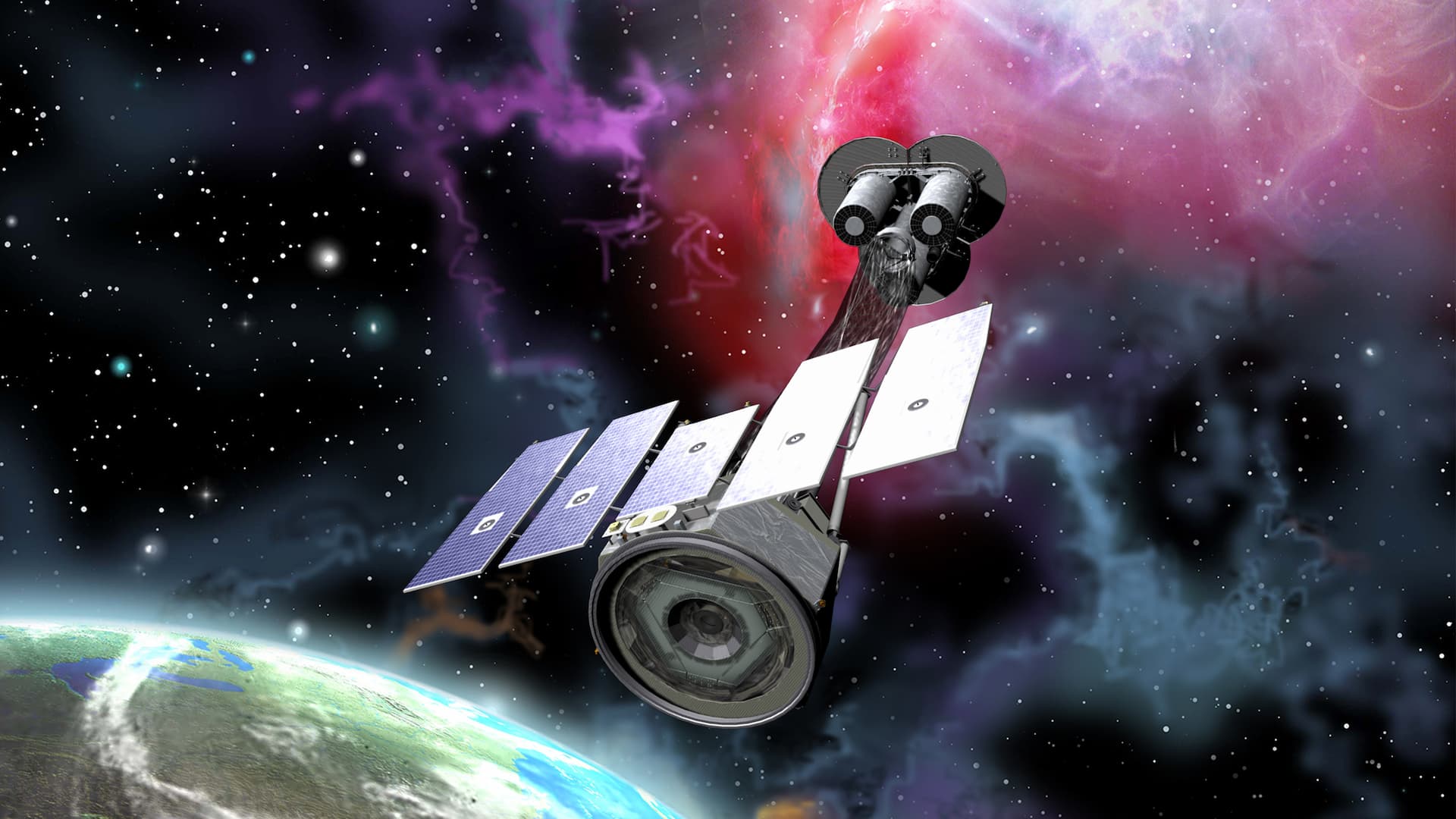DART, NASA’s first planetary defense mission, started on time, at 7:21 AM Italian time, from Vandenberg Air Force Base, in California. It carries the LICIACube satellite, manufactured by Argotec, in partnership with and with the contribution of the Italian Space Agency (ASI).
LICIACube (an acronym for Light Italian CubeSat for Imaging of Asteroids), a technological jewel of just 30x20x10 cm and about 13kgs, is a project by the ASI which has been fully completed in the facilities of the company Argotec in Turin, and is the first satellite built in our country to travel to deep space. The Falcon 9 carrier rocket, developed by the American private company SpaceX, was used for the launch.
The goal of the mission will be to reach the binary system made up of the Didymos asteroid and the Dimorphos satellite by autumn next year, and make the American probe DART (Double Asteroid Redirection Test) smash into the latter at high speed, whereas LICIACube, remaining at a safe distance, will be in charge of taking pictures and acquiring the impact data to assess whether the asteroid will deviate its trajectory. DART will be first full-scale test for the kinetic impact technique, whose purpose is planetary defense for the safeguard of the Earth, in case any dangerous situations, caused by celestial objects intersecting the Earth’s orbit, occur in the future.
Neither of the two asteroids is a threat for Earth, but their orbit around the Sun makes them transit close enough to our planet to allow telescopes to observe the consequences of DART’s impact and calculating how effective the mission will have been in modifying Dimorphos’s trajectory following the impact. The change in the latter’s period of revolution around its more massive rocky companion will be measured immediately after the impact and then cumulatively, in the next months and years. In addition to what will be detected from Earth, the pictures taken by LICIACube will provide unique elements, acquired on-site and in the moments just after the impact, which will be relevant also for measuring the orbital deflection.
The all-Italian LICIACube’s scientific team involves researchers from the National Institute for Astrophysics (INAF), the Polytechnic University of Milan, the University of Bologna and the Parthenope University of Naples, the IFAC-CNR of Florence and is coordinated by Elisabetta Dotto (INAF). In the last few months, INAF coordinated with the Galileo National Telescope (TNG) a campaign of spectroscopic observations of the Didymos asteroid, covering the full rotation of the object.
“The small LICIACube CubeSat by the Italian Space Agency – said the ASI’s president, Giorgio Saccoccia – will have a highly challenging task in this one of a kind planetary defense mission, which will pave the way to several other missions. It’s no coincidence that this task was entrusted to Italy – the only international partner in the mission –, to confirm the strength of the bilateral relations between the NASA and the ASI and the reliability of the national industry and scientific team, made up of Italian research bodies and universities”.
“After nearly two years of work, this morning it was really impressive to attend the launch of the LICIACube microsatellite, which has been fully developed and manufactured in our facilities in Turin – said David Avino, CEO of Argotec -. Argotec’s satellite platform is one of the most technologically advanced platforms in the world, which is capable of operating in the deep space and guaranteeing high performances despite the reduced size. We are really proud of being aboard such an ambitious NASA’s mission, which in the future will be useful for planetary defense. The next appointment is scheduled for autumn 2022 when, from our Argotec control center in Turin, we will support the satellite’s activities in real time: from the release from the American probe to the acquisition of high-resolution images of DART’s impact”.
Ten days before the impact, LICIACube will be released into space and will carry out, in autonomous navigation, a fly-by of the asteroid system, approaching up to about 50 kilometers away. From that distance, it will acquire high-resolution images of the crater and the debris generated by the collision, to allow a full assessment of the effects of the impact. All the data produced in this stage of the mission will be key to assess the efficacy of the variation capacity of the asteroids ‘orbit through this technique. Furthermore, the Italian and American scientific teams will use the data acquired by DART and LICIACube to conduct investigations on the nature and composition of the asteroid.
The set of images will be acquired by LICIACube through two on-board cameras, named LUKE (LICIACube Unit Key Explorer) and LEIA (LICIACube Explorer Imaging for Asteroid). LICIACube’s X-band communication system will then transmit the images to Earth in the months following DART’s collision. Based on these optical surveys, it will be possible to carry out specific scientific investigations, which will be added to the mission’s expected results for the purposes of planetary defense.
The ASI, through the SSDC (Space Science Data Center), is also in charge of the data management and Science Operations Center, where a software has been developed to automatically manage the data flow, in order to make it available according to an internationally recognized standard, designed to make the data FAIR (Findable, Accessible, Interoperable, Reusable), also thanks to SSDC’s MATISSE web tool.





